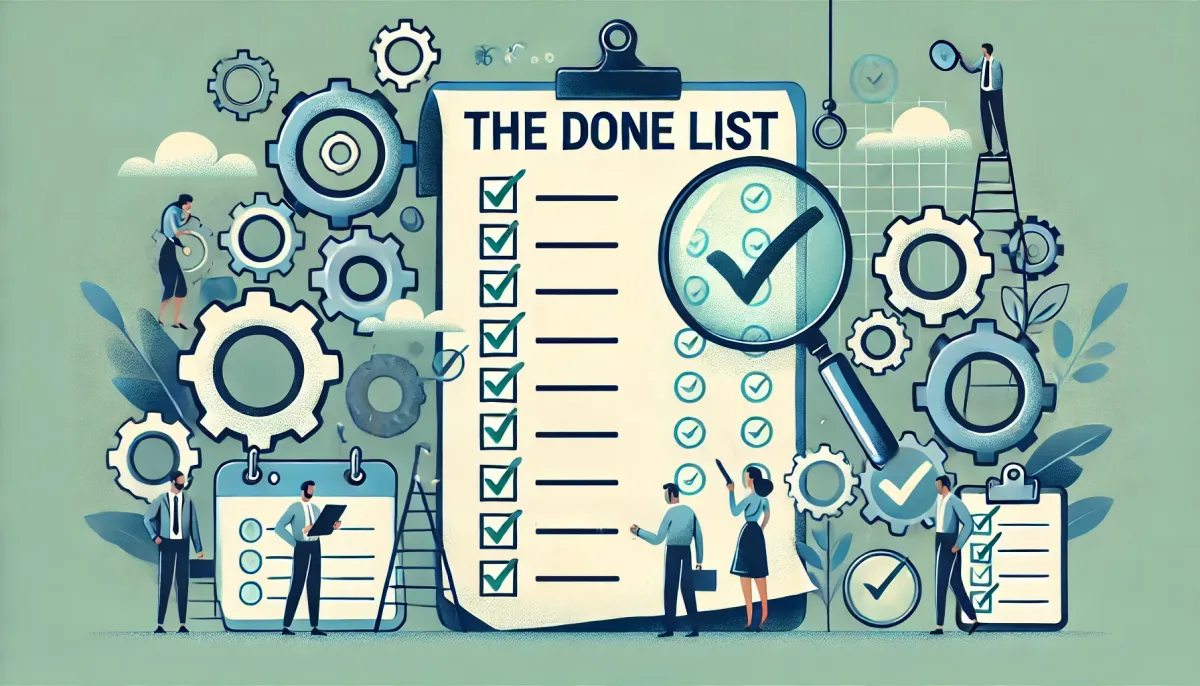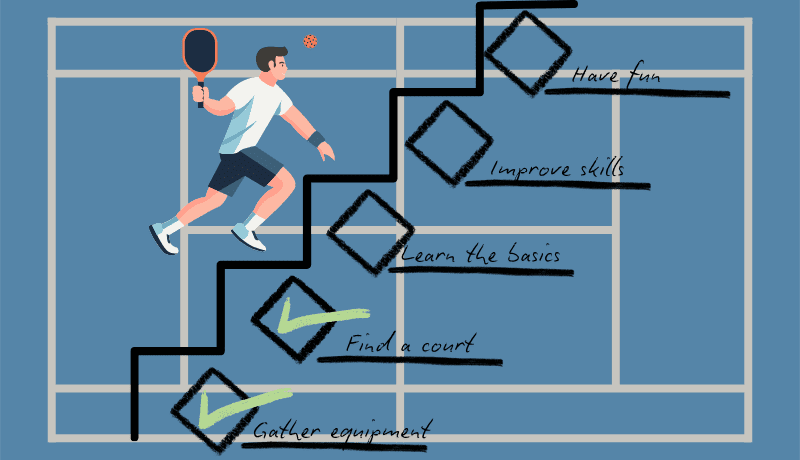The Done List
The electronic to-do list has one problem. It is often filled with anxiety-inducing tasks that haven't been completed, but it doesn't allow you to take joy in what has been done. The done list is designed to solve this.

If you've been reading the blog for a while, you may have noticed that sometimes I discuss the tools I use in terms of their capabilities and limitations. This applies to personal productivity systems as well as the work of large companies.
So, you decided to abandon the paper organizer in favor of an electronic one. It appears that tasks are synchronized everywhere and fly off easily with just a touch of a finger. Pure benefits!
But the absence of loss is only apparent at first glance. As you use it, you realize that it's unclear how to view tasks related to some long-past matter. In a paper planner, you quickly open the right notebook, search a little, and you're back in those times. In electronic systems, it takes time for long-term memory to load, and for the search to work. The chance of not finding something increases sharply because tasks may not be formulated as you remember. In other words, you can't ask your electronic planner, “What was I working on two years ago?”
What else have we lost when we moved from a fragile dependency on specific sheets of paper to a more flexible digital implementation of tasks? If digital organizers immediately hide a task that has just been completed, as Todoist or TickTick do, then we have lost the visual confirmation of the done work. Our accomplishments fly off the device screen at the speed of light in fiber optics, and we don't get to enjoy them.
Against this backdrop of sorrows, humanity has created what was lost: the done list.
To write this post, I read several articles, each of which was about three pages long. The problem with them was that as the volume accumulated, the meaning did not increase.
The main purpose of the done list is to bring you joy from seeing your achievements. It also works well when you need to periodically report on the work done.
If it seems to you that life is an endless race with a growing to-do list, like the Lernaean Hydra, then the done list is for you. Enjoy yourself and how well you've done.
It is used as follows [1]:
When you do anything you consider useful, however small a win it may be, write it down on your done list. (Or wait until the end of the day to write down your list.)
At the end of the day, look at your list. Reflect on and celebrate all the things you got done!
Review regularly — in the mornings to kickstart your day, every week, month, or year, or simply whenever you’d like a little boost or look back.
If you're thirsty for information and ready to embark on your study, here are some recommendations:
- Read The Busy Person's Guide To The Done List. It contains 54 pages of text about brain function and Benjamin Franklin. If the link doesn't work when you're reading the article, remember Internet Archive.
- Sometimes the done list is called either a got done list, or an anti-to-do list.
Thanks for reading! This can easily be noted in your done list for today.
By the way, the possibly best done list was already mentioned in this blog.
List of references:
[1] Bailey Adams, The Busy Person’s Guide To The Done List: The Science Of Small Wins



